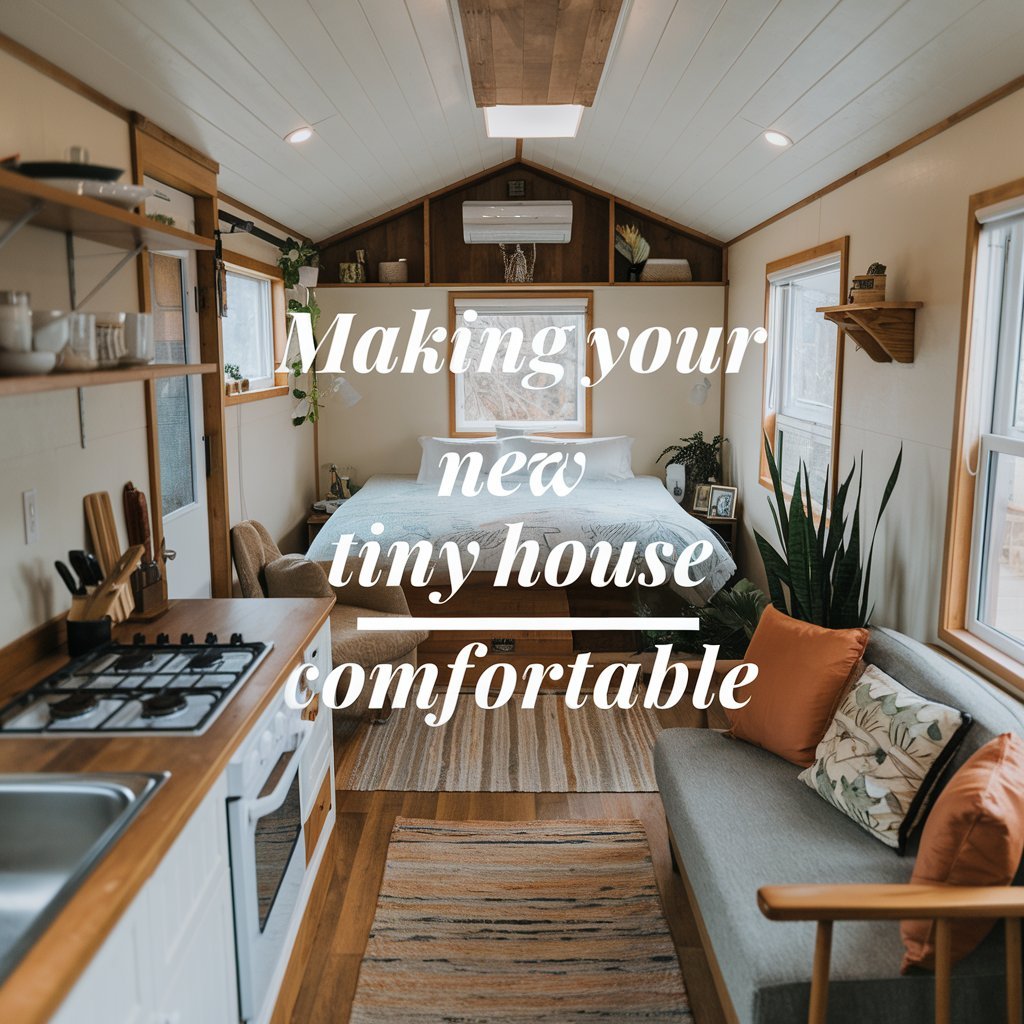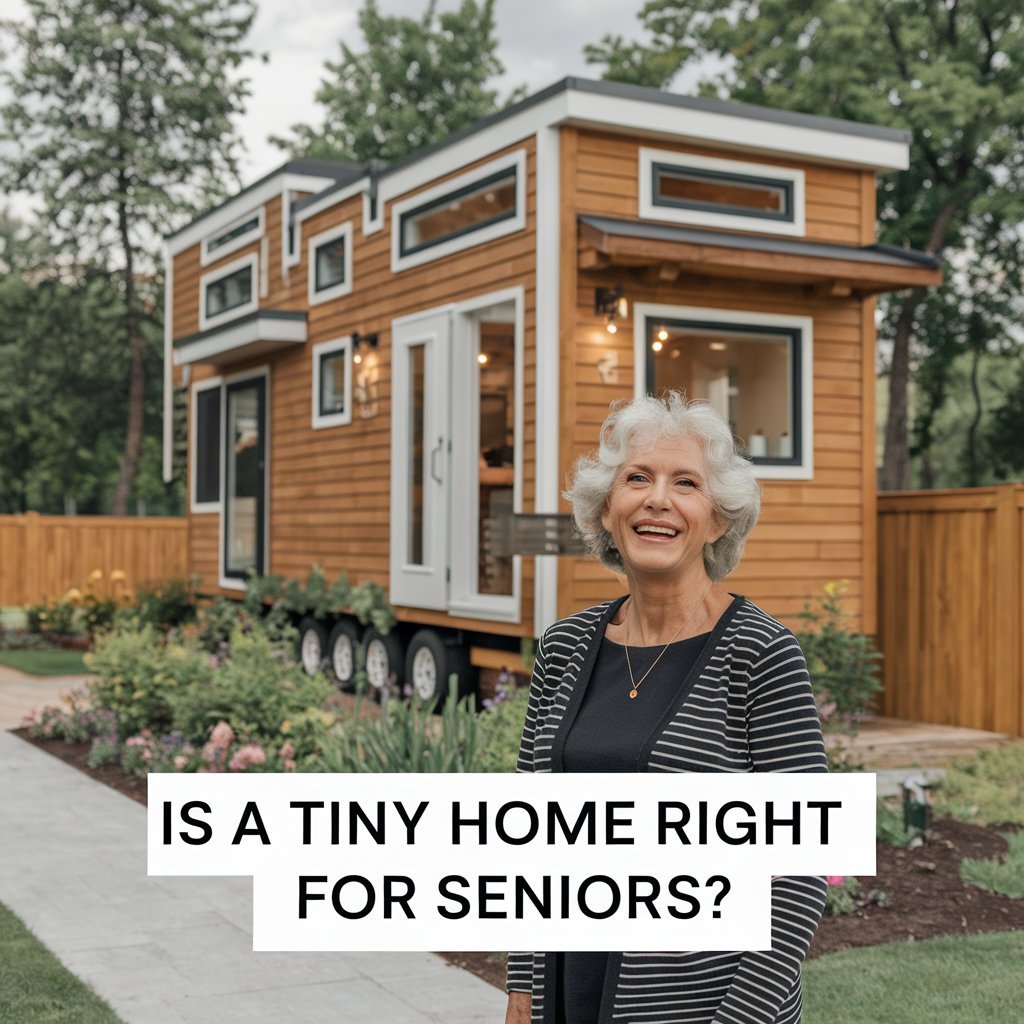The tiny home movement has reshaped modern American living, offering freedom through simplicity. Over the past decade, these compact spaces have become symbols of sustainability and intentionality. For many, downsizing isn’t just about square footage—it’s a philosophy prioritizing experiences over excess.
Choosing a tiny home often starts with financial flexibility. Lower mortgage costs and reduced upkeep free resources for travel or hobbies. Environmental benefits also drive this shift, as smaller footprints align with eco-conscious values. Every design choice reflects purpose, from foldable furniture to solar-powered systems.
Adapting to compact living requires rethinking habits. Storage becomes an art form, and multi-functional areas replace single-use rooms. This constraint sparks creativity, turning limitations into opportunities for mindful organization. Contrary to myths, the lifestyle fosters connection—with nature, community, and personal goals.
Key Takeaways
- Tiny homes promote financial freedom through lower costs
- Compact living encourages eco-friendly choices and sustainability
- Space constraints drive innovative storage solutions
- Daily habits shift toward intentional, multi-purpose actions
- The lifestyle prioritizes experiences over material possessions
Introduction to Tiny Home Living
The shift toward miniature residences reflects growing desires for financial freedom and ecological responsibility. Once considered unconventional, these dwellings now attract urban professionals, retirees, and families seeking meaningful alternatives to traditional housing.

Overview of the Tiny Homes Movement
What began as a counterculture trend now addresses modern needs:
- Demographic diversity: 35% of tiny house owners are under 35, while 28% are retirees
- Structural flexibility: Wheeled units enable relocation, while permanent foundations suit rural settings
- Cost efficiency: Average construction costs range from $20,000 to $80,000
Adapting to a Compact Living Space
Transitioning to 400 square feet requires strategic thinking. Vertical storage systems and convertible furniture become essential. A Seattle couple transformed their 280-sq-ft home using:
- Wall-mounted foldable desks
- Under-floor compartments
- Retractable kitchen counters
Privacy challenges often lead to creative zoning. Many residents use room dividers or timed schedules for shared spaces. The key lies in viewing limitations as catalysts for innovation rather than restrictions.
The Benefits and Simplicity of Tiny Homes
Compact living delivers dual rewards: financial liberation and environmental stewardship. These dwellings prove that smart design creates outsized value, transforming how Americans approach space and resources.

Financial and Environmental Advantages
Tiny homes slash housing costs by 60-80% compared to standard properties. Construction budgets range from $20,000 for DIY builds to $100,000 for turnkey models – a fraction of the U.S. median home price of $416,100. Owners report:
- Utility bills under $50/month due to efficient layouts
- Annual maintenance costs averaging $600 vs. $3,000+ for traditional houses
- Insurance premiums reduced by 75%
Eco-impact matters as much as savings. Compact spaces require 85% less energy for climate control than average homes. Most builders use reclaimed wood and recycled steel, while 42% incorporate solar panels according to Tiny Life Solutions research.
Simplicity, Minimalism, and Freedom
Owning fewer possessions becomes practical necessity. A Portland resident explains: “I buy only what serves multiple purposes – my folding desk becomes a dining table and workout bench.” This mindset shift leads to:
- 72% less time spent cleaning (15 minutes/day average)
- 45% reduction in impulse purchases
- Increased focus on outdoor activities and community engagement
Financial flexibility enables life redesigns. Many residents work remotely from national parks or allocate former mortgage funds to passion projects. As one owner notes: “My tiny home isn’t where I live – it’s how I fund living.”
How do daily routines change in a tiny home?
Everyday activities take on new forms when square footage shrinks. Residents develop choreographed movements that maximize efficiency while maintaining comfort. 
Morning Rituals in Compact Spaces
Dawn in a micro-dwelling starts with strategic preparation. Bathroom organization becomes critical – wall-mounted racks hold toiletries, while foldable sinks save counter space. One Colorado family uses magnetic strips for hair tools and a shower caddy that converts into a laundry hamper.
Breakfast routines shift toward simplicity. Compact kitchens favor single-pan meals and stackable cookware. Vertical storage keeps spices and utensils within reach but out of the way. “Our coffee station folds into the wall by 8 AM,” notes a Texas resident.
| Activity | Traditional Home | Compact Living |
|---|---|---|
| Morning Cleanup | 25 minutes | 8 minutes |
| Meal Prep Space | 6+ sq ft | 2.5 sq ft |
| Clothing Storage | Walk-in closet | Vacuum-sealed bags |
Evening and Daily Adjustments
Nightfall brings spatial metamorphosis. Living areas transform through collapsible furniture – a dining table becomes a workstation, then a sleeping platform. Curtains or sliding panels create temporary privacy zones without permanent walls.
Cleaning efficiency skyrockets in minimized areas. Weekly chores take 90 minutes instead of half a day. Outdoor spaces extend functionality – porches become dining rooms, while rooftop decks serve as yoga studios. As seasons shift, residents rotate storage bins and adjust window covers for temperature control.
Smart Design and Maximizing Compact Spaces
Innovative spatial strategies transform tiny homes into functional sanctuaries. Clever layouts balance practicality with aesthetic appeal, proving limited square footage fuels creativity rather than restricts it. Thoughtful arrangements turn compact areas into multi-zone environments where every element serves multiple roles.

Utilizing Multi-Functional Furniture
Transformative pieces redefine room purposes throughout the day. A Vermont couple uses wall-mounted desks that fold into nightstands, while their dining table converts to a guest bed. Storage ottomans triple as seating, side tables, and seasonal clothing organizers.
Creative Storage Solutions and Layouts
Vertical space becomes prime real estate in micro-dwellings. Built-in shelving climbs to 9-foot ceilings, housing books and kitchenware. Staircases conceal pull-out drawers, and floor panels lift to reveal bulk item storage. This approach keeps 92% of belongings accessible yet out of sight.
Designing for Natural Light and Airflow
Strategic window placement creates airy atmospheres in tight quarters. Skylights above sleeping lofts reduce reliance on artificial lighting. Cross-ventilation systems pull fresh air through opposite wall openings. Pale color schemes and mirrored backsplashes amplify sunlight, making 400 sq ft feel expansive.
Open sightlines maintain visual continuity between zones. A Texas homeowner notes: “Our glass partition separates the bedroom without blocking light—it’s like having invisible walls.” These design choices foster comfort while optimizing limited dimensions.
Innovative Kitchen, Storage, and Furniture Ideas
Compact living spaces spark ingenious solutions for culinary creativity and item management. Strategic design transforms cramped corners into fully functional zones where every inch serves multiple purposes.

Efficient Kitchen Setups and Meal Prep Areas
Micro-kitchens thrive with vertical organization. Magnetic knife strips and hanging pot racks keep tools accessible yet off counters. An Arizona family’s three-tier breakfast cart demonstrates smart space use:
- Top shelf: Coffee maker and spice jars
- Middle: Stacked meal-prep containers
- Bottom: Collapsible colander and cutting boards
Solar-powered appliances like the GoSun Grill enable off-grid cooking without sacrificing functionality. Batch cooking becomes essential – Sunday meal preps yield breakfast wraps and overnight oats stored in labeled mason jars.
Decluttering, Downsizing, and Organization Tips
Transitioning requires ruthless prioritization. Use the 90-day rule: discard unused items unless needed for health/safety. Under-stair pantries with pull-out shelves maximize awkward spaces. Durable materials like quartz countertops simplify cleaning in high-traffic zones.
One Colorado resident notes: “Our ceiling-mounted bike rack doubles as a pot hanger during holidays.” Seasonal rotations keep storage relevant – winter gear replaces summer items in vacuum-sealed ceiling compartments.
Sustainable Energy and Technology for Tiny Living
Modern tiny homes are redefining eco-conscious living through cutting-edge energy solutions. These compact dwellings blend renewable technology with intelligent design, creating systems that support both environmental goals and practical living needs.
Integrating Solar Panels and Energy Efficiency
Over 40% of tiny home owners install solar panels, according to industry surveys. Flexible photovoltaic panels often wrap curved roofs, while lithium batteries store excess energy for nighttime use. Triple-pane windows and spray foam insulation boost thermal efficiency, reducing heating needs by 68% in cold climates.
Smart Home Devices for Limited Spaces
Space-conscious tech optimizes micro-environments. Programmable LEDs mimic natural daylight cycles, improving sleep patterns in windowless lofts. “Our air sensor alerts us when CO2 levels rise during winter,” explains a Montana resident. Motion-activated security cams distinguish between pets and intruders, eliminating false alarms in compact layouts.
These innovations prove tiny home living doesn’t mean sacrificing modern comforts. Strategic energy systems and adaptive tech create self-sufficient spaces where sustainability meets smart design.



